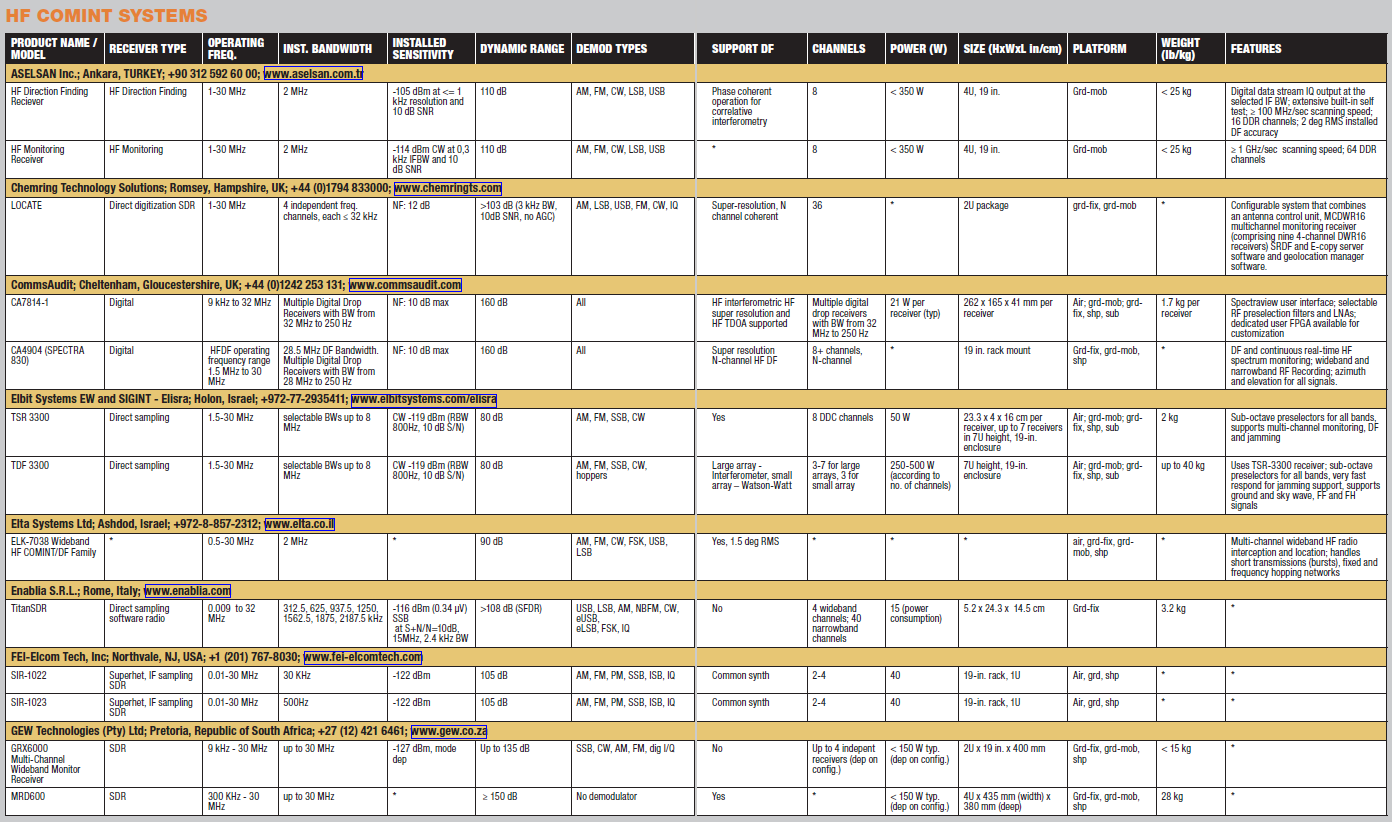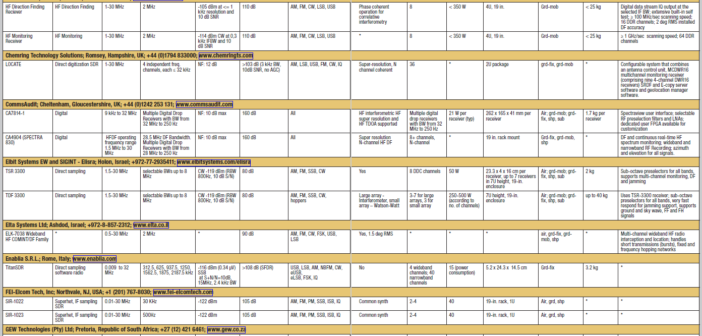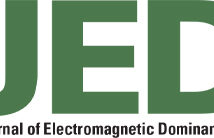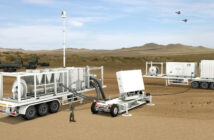– By Barry Manz –
As the DOD has moved toward higher and higher operating frequencies as new threats have appeared, the SIGINT community spent considerably less time worrying about the spectrum between about 3 and 40 MHz. A few years ago, however, some within the defense community began warning why ignoring HF in the future is bad policy, and HF SIGINT is now slowly rising from the dead, with programs such as DARPA’s HF GEO among others working to make detecting and locating threats more effective using smaller equipment and more sophisticated signal analysis techniques.

Click the image above to view the complete survey table. For the best viewing experience, open in PDF viewer and select “Two Page View” in Page Display settings.
There are plenty of good reasons why the resurgence of SIGINT at these frequencies is not only necessary but urgent, and it has a lot to do with signal propagation characteristics that are different than anywhere else in the spectrum. These characteristics vary with time of day, the day of the year, the sunspot cycle, and other factors that make propagation at these frequencies far less predictable than their VHF, UHF and microwave counterparts.
It’s also the only region of the spectrum where, at some time during the day, everywhere on Earth, it’s simultaneously possible to communicate great distances via skywave propagation, as well as short distances via ground wave propagation. At higher frequencies, propagation is, with a few exceptions, almost exclusively line-of-sight over a tiny fraction of these distances. Collectively, they make HF an excellent spectral region for hiding communications, without the need for massive amounts of equipment or deep technical expertise. What it does take is a reasonable knowledge of signal propagation, preferably bolstered by hands-on experience, an amateur radio transceiver, antenna, and 12 V battery – and a fair amount of luck.
Consider this simple scenario. An adversary is operating an amateur transceiver with an RF output of 50 W, connects this to an antenna and a power supply, and records a sequence of plain text on a cassette recorder, which is plugged into the microphone jack of the transceiver. At a predetermined time, the person transmitting the signal keys to a transmitter at, say, 7.2 MHz, and plays the recorded sequence at a speed much higher than at which it was recorded, requiring a transmission time of perhaps 2 sec.
Of course, there’s no guarantee that the recipient will hear it owing to the aforementioned propagation unpredictability, but there is at least a reasonable chance that it will be. This is possible because although unpredictable, propagation characteristics at a specific frequency don’t change much on a day-to-day basis (except when they do). And even if the first attempt is unsuccessful, it can be repeated the same day or the next one. Add the element of surprise into the scenario, as well as a directional antenna that doubles or triples the output of the transmitter and dramatically reduces beamwidth thus reducing the likelihood of detection by direction finding, and it’s easy to see why HF is a highly useful refuge.
As for HF communications intelligence, it’s significantly different from, and more difficult than, at higher frequencies because there is generally always an extraordinary level of atmospheric and electrical noise, along with many broadcast stations and other emitters, whose signals can be detected over vast distances. In short, detection is as difficult or more so for those attempting to intercept it, as it is for the intended recipient.
Geolocating an emitter in the HF band is even more difficult because of ionospheric polarization rotation, multipath-induced signal fading, multiple angles-of-arrival and other propagation effects. Huge antenna arrays have been required – a full wavelength at 7 MHz, for example, is about 80 ft. – and geolocation requires resources at multiple locations. Even then, detection and pinpointing the location of a signal like the one described above is far from a certainty. Finally, as the target’s equipment is small(ish) and portable, a transmit-and-run approach is easy to achieve.
Taken together, it’s arguable that increased attention to HF SIGINT hasn’t come a moment too soon. The new equipment resulting from these SIGINT efforts includes high-dynamic-range receivers, adaptive signal processing and ionospheric ray path prediction and modeling to accurately determine the state of the ionosphere in near real time. It will also result in deployment of much smaller and less-expensive antenna arrays that can be placed in far more locations. In short, HF SIGINT is back, finally in a big way.
In the survey table, the first column provides the product name or model number. This survey included complete HF SIGINT and/or DF systems, as well as dedicated HF SIGINT and DF receivers. The second column indicates the receiver type, followed by its operating frequency range, instantaneous bandwidth, installed sensitivity and dynamic range. The next column describes the types of signals the system can process. The following column indicates if the system can perform direction finding and how many channels the system features. The remaining columns describe power, size weight and platform types. ♦
Click here to view the complete survey table. For the best viewing experience, open in PDF viewer and select “Two Page View” in Page Display settings.
If you enjoyed this article, please share. If you would like to read more articles like this one, we encourage you to join the AOC to receive a copy of JED every month.






